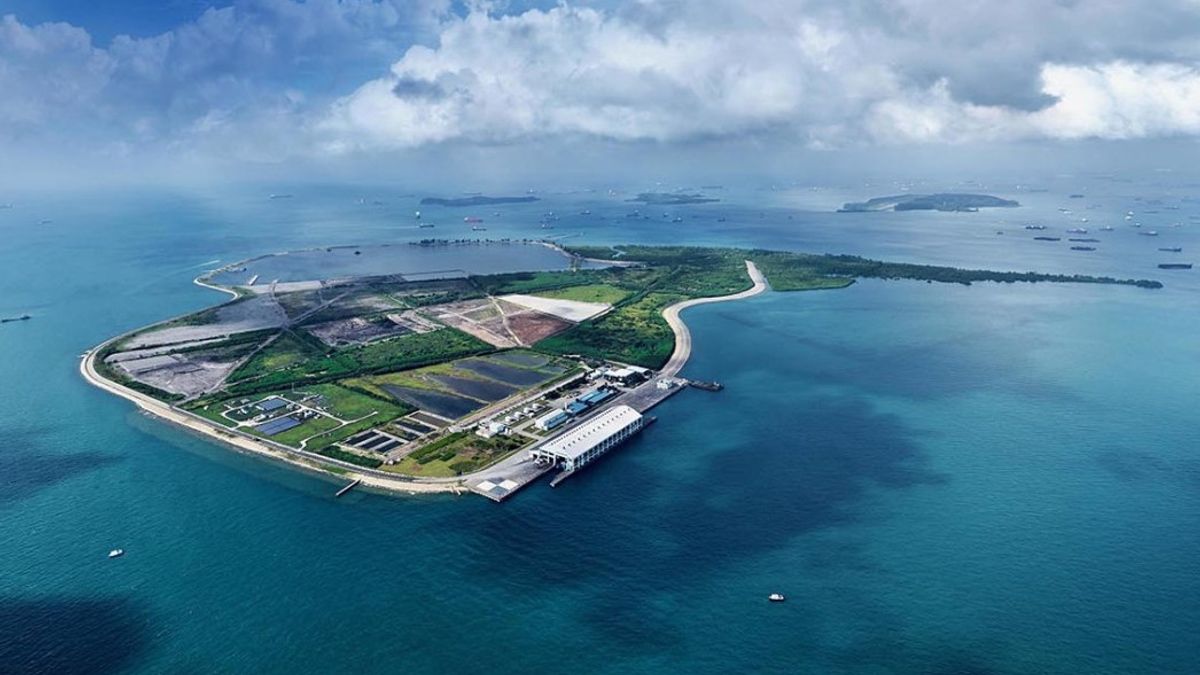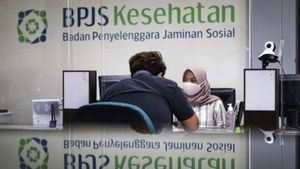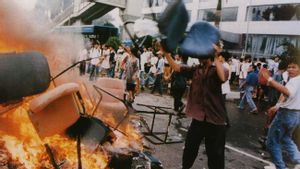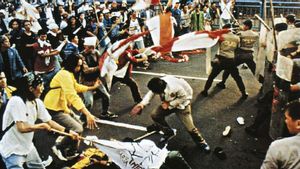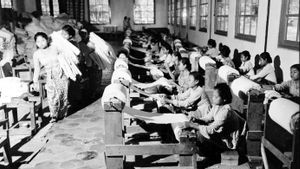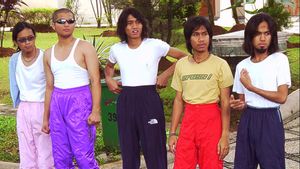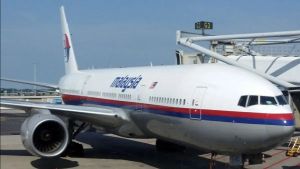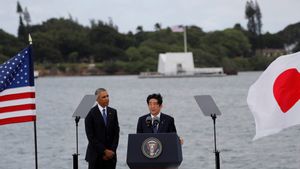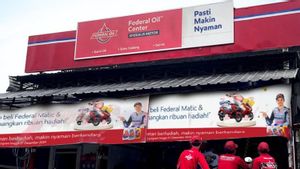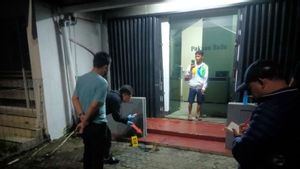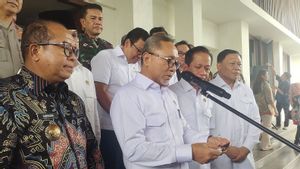JAKARTA - The hard work of the Singapore government to build the country often invites admiration. The power of attorney has succeeded in fostering its economic sector in the industrial and service sectors. Singapore continues to grow rapidly. development is intensively carried out everywhere.
In fact, this condition brought problems in the 1970s. Singapore does not have a qualified waste Final Disposal Site (TPA) due to land constraints. The government took a stand. They built a TPA on the island and succeeded. TPA Berhitau, his name.
Singapore's development was quite rapid in the 1970s. Countries with an area of 734.3 km2 began to find rhythms in economic development. They began to look at economic growth from the industrial and service sectors. Tourism, banking, health, to electronics.
This condition makes the pace of economic development continue in Singapore. Population growth continues to follow. Problems arise. Land scarcity began to occur in Singapore. This condition brings new problems: waste management.
Waste management matters need to be taken seriously. The amount of solid waste increases every year. The garbage is placed in the Halus Lorong TPA. The option is temporarily optimal. The Singapore government has also begun to adopt the latest technology in the management of incinerator waste.
A waste processing technology involving the burning of organic materials. The technology is able to reduce the volume of waste. Singapore also built up to four waste burning centers. The results of the new combustion waste were dumped into the Halus Lorong TPA.
Problems arise. Disposal of waste to the Halus Lorong TPA cannot be done continuously. The volume of garbage that continues to grow and the absence of land to temporarily accommodate waste makes the Singapore government think hard.
They started making unusual ideas. The Singapore government wants the TPA to be built outside Singapore, or in the open ocean. The option makes the TPA on the island dominate. The idea was supported by many parties. The Singapore government began planning the merger of two islands for the construction of the TPA.
The islands that are planned to be merged are Sembakau Island and Sepang Island. The cost of 360 million US dollars was disbursed. The construction took place from 1994 and began to operate actively in 1999. The government also named the disposal site the TPA Semiau name.
SEE ALSO:
The Barbarau TPA operation then became the backbone of Singapore's waste management. Waste burning waste is part of the land expansion. The government then retired the Halus Lorong TPA.
At the Bintau TPA, there is also a garbage port such as the TMTS (Tuas Marine Tranfer Station) which functions as a place for dismantling garbage from ships. The solid waste from the barge was dismantled with an excavator and put into a truck with a capacity of 35 tons to be taken to the landfill area.
In that area solid waste is demolished, then flattened and compacted with a bulldozer. TPA Berhitau will be officially used on April 1, 1999 to accommodate all Singaporean waste, namely non-intensible waste and ash from four incinerators operating in Singapore," Sri Wahyono wrote in his writing in the BPPT Environmental Technology Journal entitled Application of High Technology for Management of Dense Waste in Singapore (2004).
The presence of the Tenggarau TPA brings fresh air to Singapore. The country is the cleanest country in Asia. All of this is because the Singapore government is aggressively collecting garbage, from residential areas, markets, commercial areas, offices, roads, and city parks.
The waste collected was then directed to four incinerator burning centers operating in Singapore. Tuas, Senoko, Tuas South and Kepel Seghers Tuas. The result of the burning was carried by barge to the Tenggarau TPA. The unusually large TPA area reaches 350 hectares.
The Bantar Gebang TPST in Bekasi, Indonesia alone only has an area of 117.5 hectares. The capacity of waste waste at TPA Sembarau is predicted to reach 30-40 years. Those who support the presence of the Semiaru TPA are quite a lot.
The Singapore government is considered capable of keeping waste from damaging the ecosystem. This condition is proven by maintaining biodiversity. Many of the flora and fauna live around the Tenggarau TPA. Not a few tourists also deliberately come to travel to Semiau Island.
However, not a few have criticized the presence of the Bintau TPA and incinerator technology. Some environmental activists think that the Singapore government is actually bringing new problems. The technology is considered only to move waste problems into pollution problems.
Greenpeace opposes burning waste because it is the main source of carcinogenic substances such as dioxin. Other harmful pollutants such as mercury and volatile organic compounds,
"Stompiling and burning of garbage is the main technique in all Southeast Asian countries. However, such waste disposal practices have caused social and environmental problems in our society," said Greenpeace Campaign Director for Southeast Asia, Tara Buakamsri, quoted by Lindsey Hoshaw in his article on The New York Times website entitled Recover's Collects Here, butVisitors and Wildlife Can Breathe Free (2011).
The English, Chinese, Japanese, Arabic, and French versions are automatically generated by the AI. So there may still be inaccuracies in translating, please always see Indonesian as our main language. (system supported by DigitalSiber.id)
